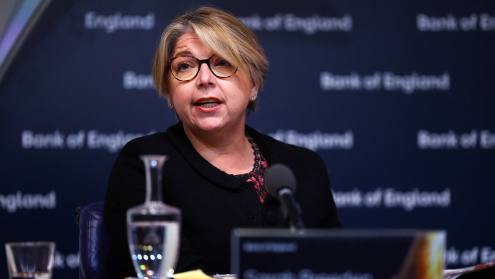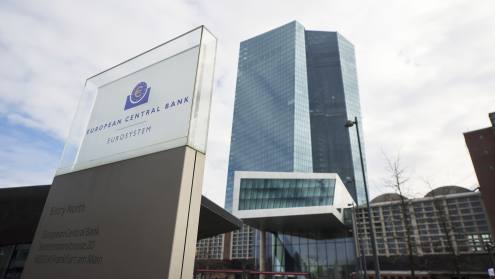There is a groundswell of opinion that the next big thing in the evolution of money is tokenisation, which not only creates the digital representation of money or assets, but also combines underlying information with the rules and logic that govern transfers – in other words, programmability.
Proponents believe that programmability will improve many aspects of the current financial system, such as increase speed and efficiency, as well as reduce cost and operational risk, among other benefits. Additionally, it could substantially expand the universe of possible economic arrangements.
However, initiatives to date have mainly been driven by the private sector, with their experiments conducted in silos and on proprietary platforms, such as HSBC’s Orion or JPMorgan’s Onyx. While the functionality is there, interoperability is not.
“Many commercial banks have their own tokenisation projects, but what has been missing is central bank money, the wholesale central bank digital currency (CBDC), that can knit everything together. A CBDC can act as the focal point that brings the monetary system and the financial system together by providing the settlement asset,” says Hyun Song Shin, head of research at the Bank for International Settlements (BIS). Mr Shin leads the team that has written the the Annual Economic Report, the BIS’s flagship research publication, including the chapter entitled ‘Blueprint for the future monetary system: improving the old, enabling the new’.
In the chapter, BIS explains how a new type of financial market infrastructure — a unified ledger — could bring together central bank money, tokenised deposits and tokenised assets on a programmable platform. The chapter argues that multiple ledgers — each with a specific use case — might coexist, interlinked by application programming interfaces to ensure interoperability and a level playing field.
“A unified ledger brings central bank money into a tokenised environment, which would unlock the full potential of the various private sector initiatives,” Mr Shin says. “The central bank can play a pivotal role because it has a public policy mandate and isn’t driven by the commercial mandate of any one institution.
“One aspect of providing central bank money for the public good is to provide a system that’s interoperable. The idea is to bring everyone on to an interoperable platform, without having to rely on one commercial provider. With a level playing field, the benefits of tokenisation can be spread far and wide. That is why we think having central bank money in the same venue as the other tokenised assets is the key,” he adds.
The value in a unified ledger is in improving the old, as well as enabling the new, notes Mr Shin. For example, it could enable instantaneous payment versus foreign exchange transactions, which would elimination settlement risk.
He adds that there is a groundswell of interest and a sense of anticipation of what a unified ledger could do, and mentions experiments by the New York Federal Reserve and Banco Central do Brasil, but also identifies heightened interest from the private sector. Mr Shin says: “This is pushing in the same direction as the private sector, but brings it back to a public policy mandate for the public good. The tokenisation initiatives of the private sector can be built on top of the trust foundation provided by central bank money.”
Some decentralised finance supporters may argue that it is replicating the old financial system, and is therefore missing a trick when it comes to reinventing finance. However, Mr Shin is clear that it’s not the same system: “It is a tokenised system with additional capabilities,” he says. “So, it’s the best of both worlds: it preserves the best of the current architecture, but has all the new functionalities on top.”
Recent BIS experiments with CBDCs:
- Project Rosalind, with the Bank of England
- Project Mariana, with Bank of France, Monetary Authority of Singapore and Swiss National Bank
- Project mBridge, with Hong Kong Monetary Authority, Bank of Thailand, Digital Currency Institute of the People’s Bank of China and Central Bank of the UAE
- Project Dunbar, with Reserve Bank of Australia, Bank Negara Malaysia, Monetary Authority of Singapore and South African Reserve Bank
Joy Macknight is editor of The Banker. Follow her on Twitter @joymacknight
Register to receive the Editor’s blog and in-depth coverage from the banking industry through the weekly e-newsletter.








